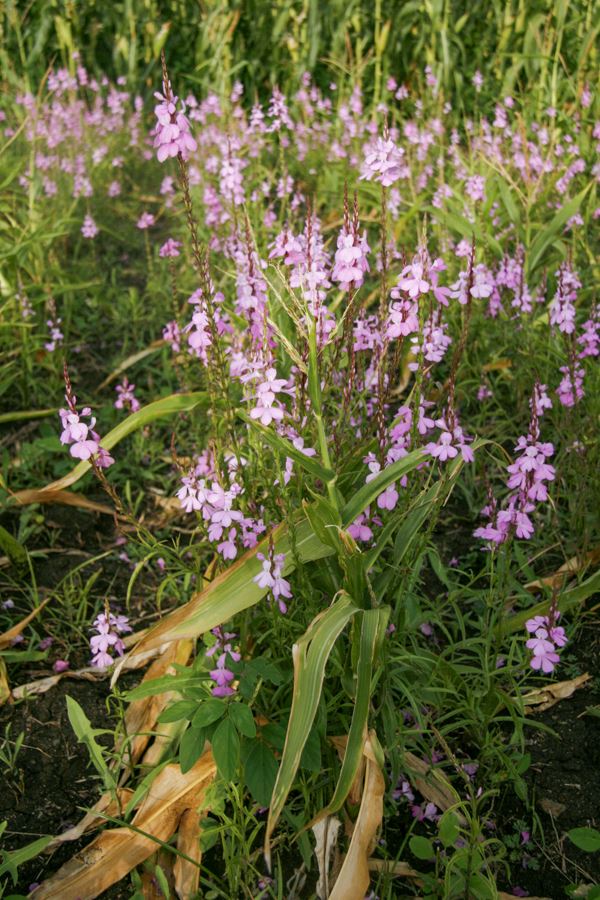Push-pull technology is a companion cropping system that is effective in soil fertility improvement and management of stemborers, fall armyworms, and Striga weed in cereals. Trees in agricultural landscapes are considered a remedy for climate change mitigation by storing carbon in soils and woody biomass. However, this potential has not been quantified in push-pull systems. Therefore this study aimed to determine the diversity and carbon stocks of trees under push-pull systems in Siaya, Vihiga, and Kisumu counties in western Kenya. A total of 45 farms representing five land use categories namely: Homestead, trees within cropland, woodlots, boundary planting, and trees in grazing land were randomly selected from a list of push-pull farmers obtained from the International Centre of Insect Physiology and Ecology. An inventory of trees was conducted capturing the species name, diameter at breast height (DBH), farm size, and area of various land use categories. DBH was used to estimate aboveground biomass and carbon stocks. A total of 9159 trees, belonging to 97 species were inventoried over 33.968 ha. The highest abundance and species richness were recorded in Vihiga while the highest diversity index was recorded in Siaya. The highest abundance was recorded by woodlots while the highest species richness and Shannon diversity index was recorded by homestead in all the sites. The highest aboveground carbon estimates per farm were recorded in Kisumu at 12.10 Mg ha-1 while the highest carbon stocks were recorded by woodlots in all the sites. The tree species that contributed to higher aboveground biomass in all sites were Eucalyptus species (22.7 %) and Grevillea robusta (22.8 %). Small trees with DBH < 10 cm were the most dominant (77.6 %) in all the study sites but held the least biomass (4.8 %). Large trees with DBH > 40 cm were fewer (1.1 %) but held more biomass (33.1 %). This study’s aboveground biomass and carbon stocks provide useful information in mitigating climate change. Smallholder push-pull farmers should also be encouraged to promote the conservation of tree diversity, particularly in woodlots and homesteads that recorded higher carbon stocks.
Authors: Elisheba Imbaya, Moses Gichua, Samuel Were & Shem Kuyah
Contact address: pengjuan.zu@gmail.com
Institution: Jomo Kenyatta University of Agriculture and Technology, Botany, Kenya
Twitter name of the institution: @DiscoverJKUAT
Twitter link: https://twitter.com/DiscoverJKUAT
Available downloads:
Tree diversity and aboveground carbon stocks in push-pull systems in western Kenya


